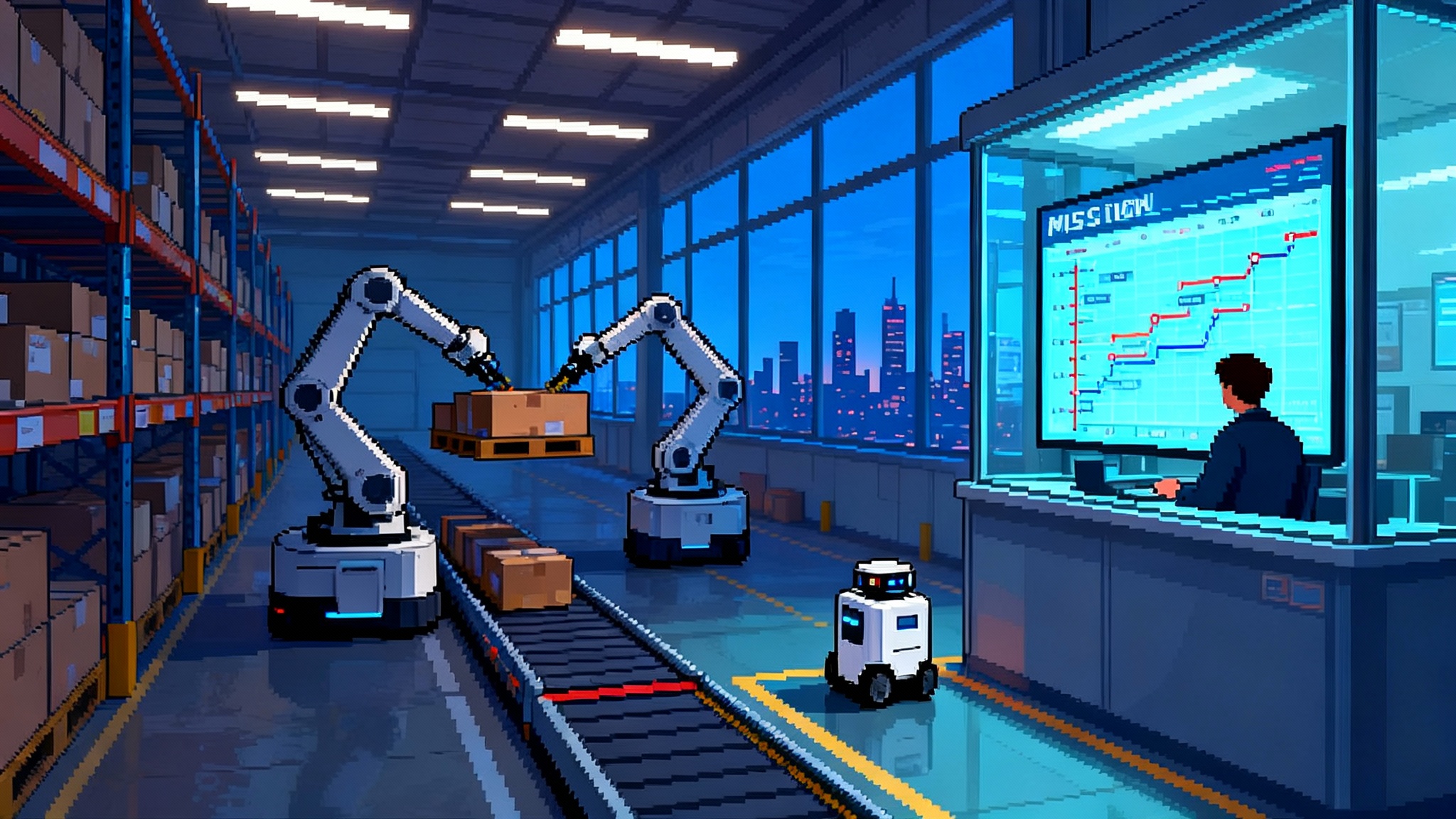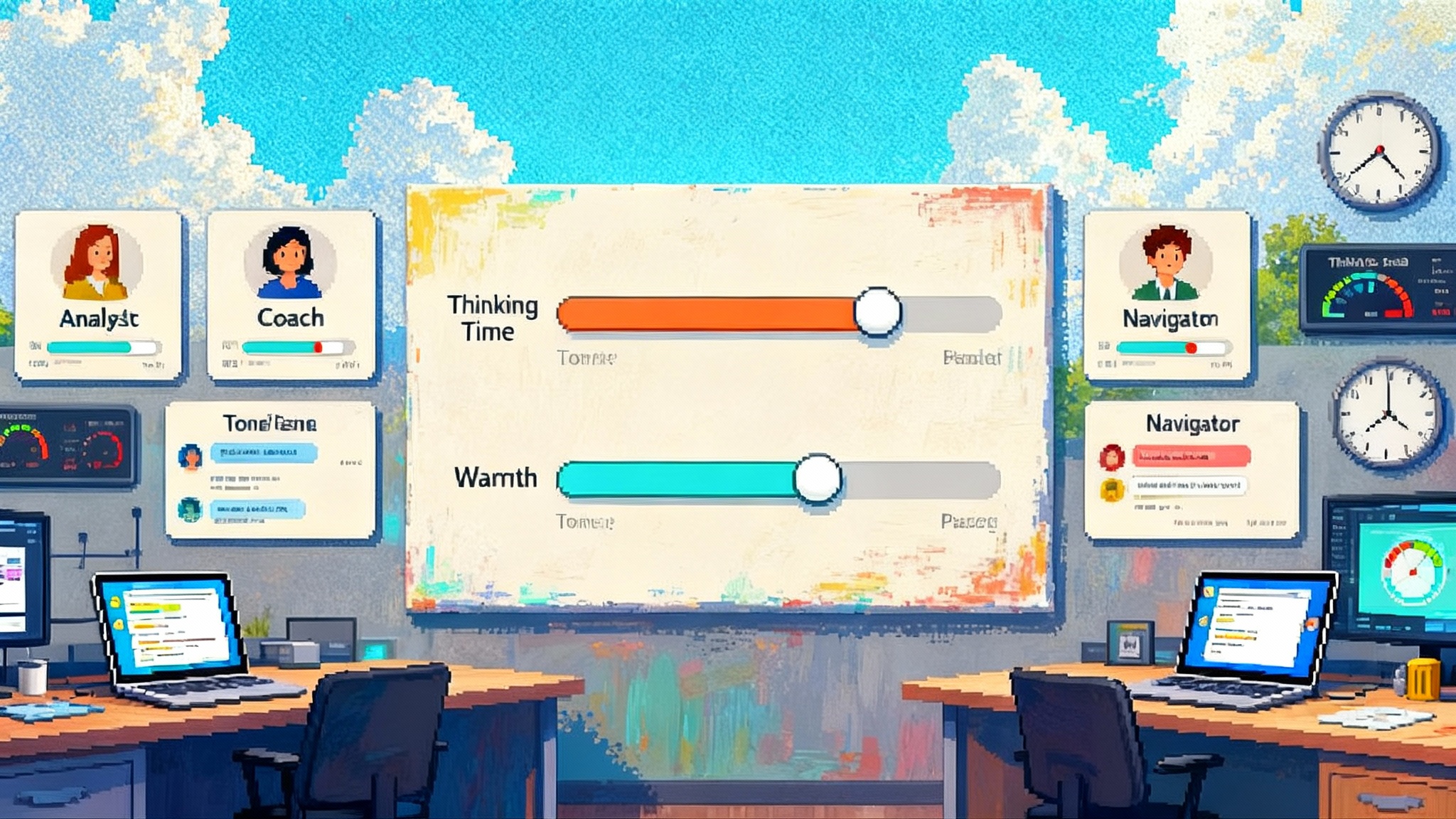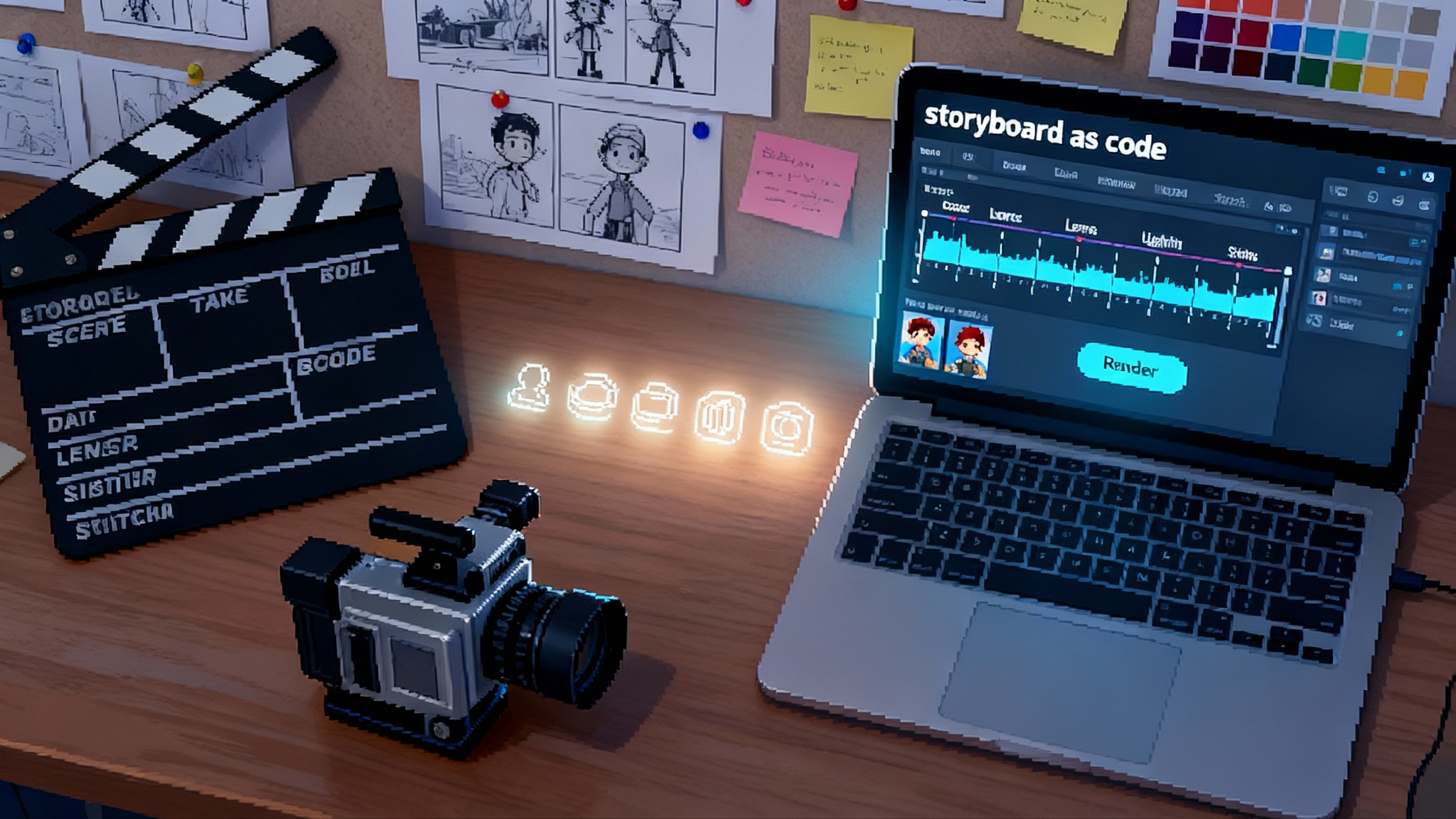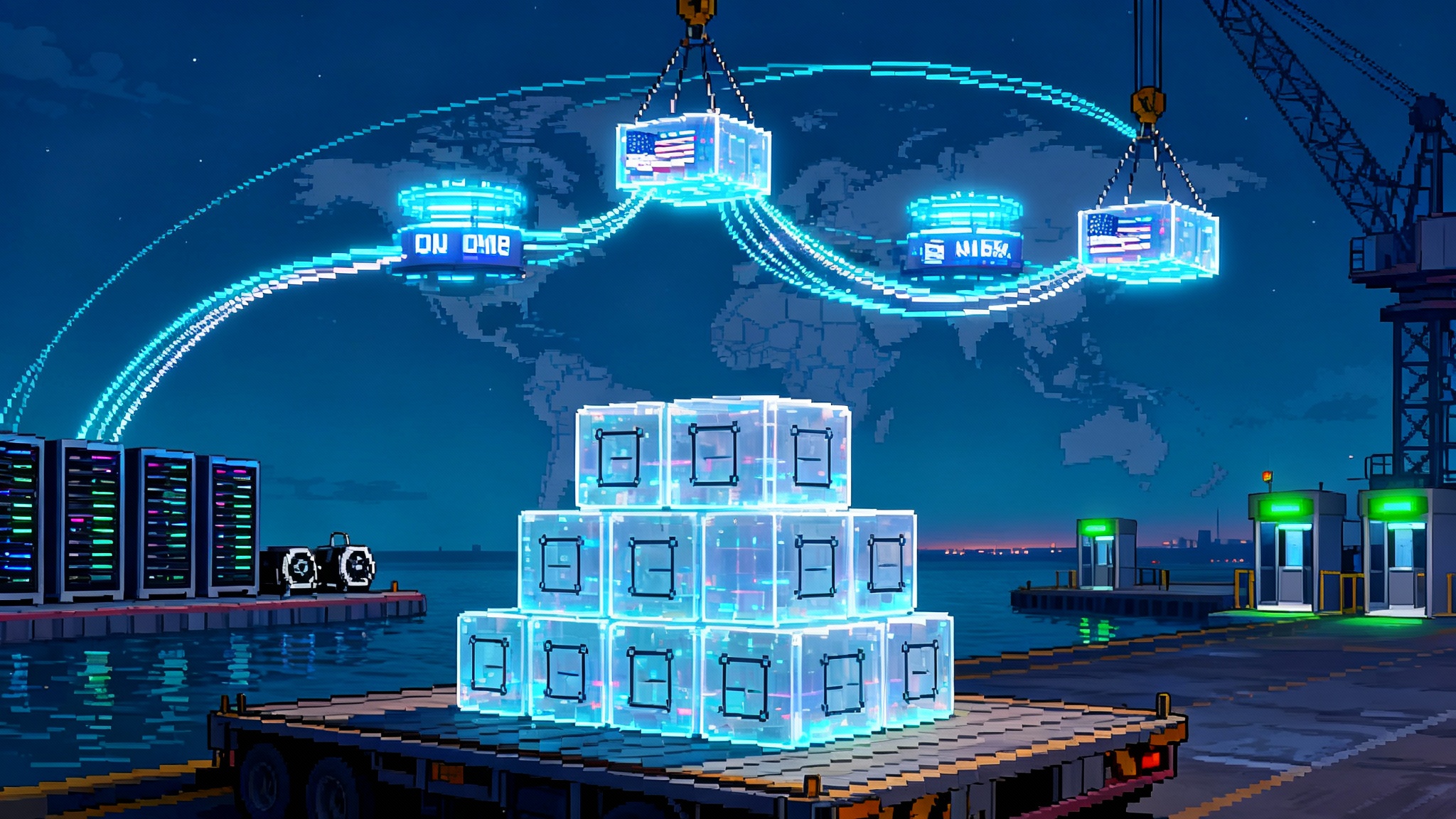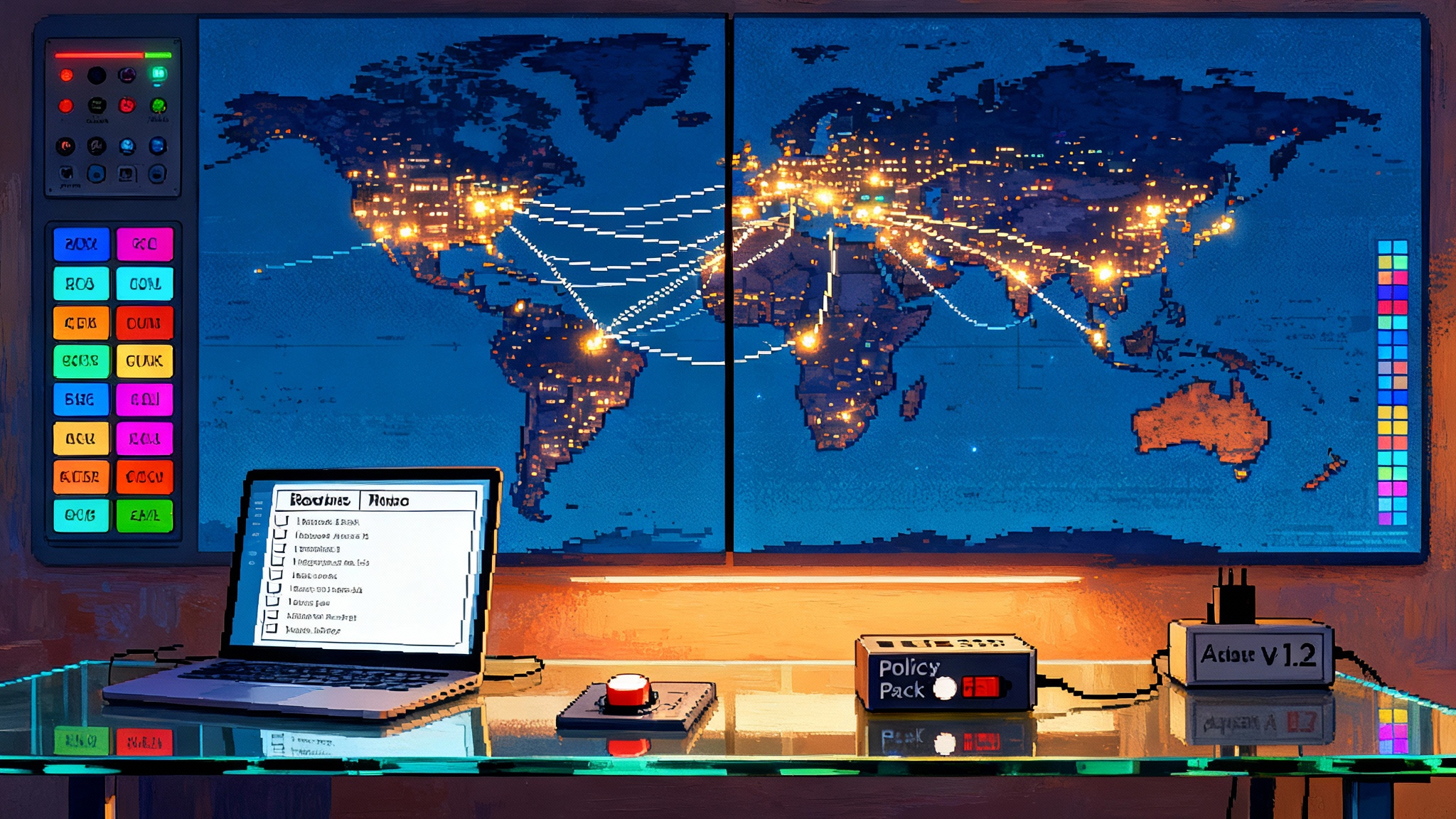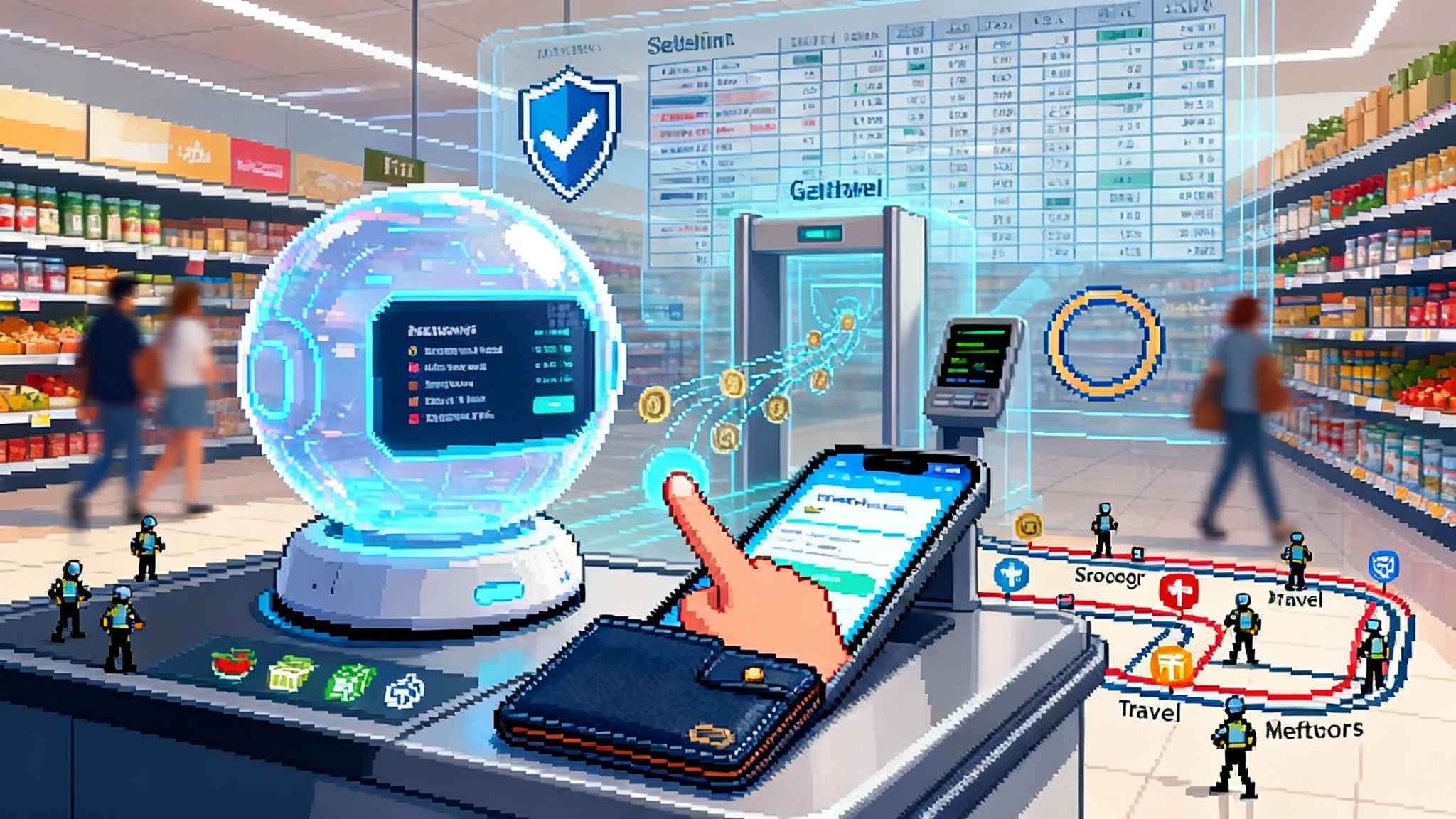Trends & Analysis
Articles under the Trends & Analysis category.
Intent Meets Atoms: Fall 2025 Agents Leave the Browser
Fall 2025 was the moment embodied AI left the browser. Learn what changed in the stack, why policy must become code, how liability and labor shift, and the concrete steps cities and operators should take next.
The Deliberation Economy: Time Becomes AI's Currency
A new wave of controllable thinking modes makes time the real unit of AI. When you can dial how long a model thinks, product defaults, SLAs, routing, and UX all change. The real question is who sets the budget.
Interfaces Become Institutions: How GUI AIs Rewire Power
As AI agents learn to see and click like people, the screen stops being a skin and becomes governance. Explore how UI treaties, clickstream audits, and accessibility reshape power, policy, and product strategy in 2026 and beyond.
2025: When AI Flips to Consent and Provenance by Default
A courtroom fight over millions of chat logs made one lesson clear in 2025: AI must ask permission and prove its work. Teams that ship trusted memory, proof-carrying outputs, and auditable agents will win.
The Preference Singularity: When AI Chats Replace Tracking Pixels
Meta will use your AI chat interactions to shape feeds and ads. Prompts replace clicks as real time preference graphs read intent in the moment, and builders need a clear plan for consent, controls, and portability.
The Personality Turn: GPT-5.1 Makes Persona the Platform
GPT-5.1 reframes AI around persona, not just capability. By pairing Instant and Thinking styles with tone controls and metered reasoning, teams can specify how an assistant behaves, what it refuses, and how hard it thinks before it speaks.
Writeable Reality: After Sora 2, Video Becomes Code
OpenAI Sora 2 pushes video beyond editing into executable intent. With APIs, storyboards as code, reusable characters, and stitching, timelines become programmable while consent and provenance move into the workflow.
When Electrons Constrain Intelligence: AI’s Grid Treaty
AI is colliding with the limits of the U.S. power grid. The next moat is energy aware AI that schedules training, inference, and memory against real time electricity, negotiating with the grid to stay fast and resilient.
From Apps to Actors: The Agent Identity Layer Arrives
Software is graduating from apps you open to actors you manage. This guide maps the agent identity layer, from badges and policy to stores and teamwork protocols, and offers playbooks you can deploy today.
{"type":"string"}
Most teams glue agents to a vector store and call it memory. That shortcut caps accuracy, trust, and scale. Here is a practical blueprint for an agent native database that unifies identity, memory, and control into a durable system.
Open Weights Rise as Export Controls Forge a New AI Order
Export controls are tightening while high-end open-weight models spread across regions. Portable weights are becoming the interoperability layer, shifting leverage from single clouds to networks that can audit, adapt, and move fast.
Intelligence as Utility: Build the Pipes, Not the Prompts
OpenAI’s seven year, 38 billion dollar pact with Amazon marks a shift from model demos to dependable delivery. The winners will build an AI utility with peering, portability, safety, and SLAs you can trust.
The Linkless Web: How Search Becomes the Answer Economy
Google is moving search from navigation to synthesis. AI Mode and AI Overviews point to an answer first default that reshapes how value flows online. Here is what this fork means and how to prepare.
Culture Is the Benchmark: AI’s Meaning Layer Arrives
OpenAI's IndQA launch on November 3, 2025 marks a turn from scale to sense. As cross-lingual cultural benchmarks spread and platforms localize, the next durable edge is measurable cultural competence.
When Autonomy Meets Adversary: The Control Stack Arrives
After government hijacking tests and fresh November research, a clear pattern has emerged. The next breakthrough is not bigger models. It is a deferral-first control stack that makes agents reliable at machine speed.
When AI Gets a Body: The Home Becomes Programmable
Humanoid robots just jumped from demos to real preorders. This piece shows how teleoperation, consentful autonomy, and chore APIs could make houses programmable and turn everyday labor into compounding gains.
From PDFs to Gradients: Compliance Becomes the New Moat
In 2025, governance jumped from static PDFs into the training loop. EU timelines, state laws, and a global safety network turned obligations into machine readable signals. Teams that code policy into pipelines will ship faster and win trust.
When Money Joins the Loop: Payments Become AI Policy
Agentic commerce just left the lab. As wallets, networks, and checkout standards move into chat surfaces, fraud rules, chargebacks, and settlement are quietly defining agent behavior. Money is becoming practical AI policy.
